Here are 21 facts about Vermont's 'other president,' Chester Alan Arthur
- Oops!Something went wrong.Please try again later.
- Oops!Something went wrong.Please try again later.
- Oops!Something went wrong.Please try again later.
Vermont has produced two U.S. presidents. The more recent of the two, Calvin Coolidge, who served nearly 100 years ago, is relatively well-known historically, has a meticulously preserved state historic site in Plymouth and is celebrated statewide in large part because of his rousing “brave little state” speech about Vermont.
Then there is his predecessor as president from Vermont, Chester Alan Arthur, who served among a group of relatively obscure chief executives in the late 1800s. Arthur is the focus of a bare-bones state historic site — one, it turns out, that isn’t even his birthplace as was originally thought — with an exhibit that refers to him as “Vermont’s other president.”
In honor of Presidents Day, maybe it’s time to elevate Chester Alan Arthur just a little bit in the eyes of those who live where he lived, at least in his early years. Here are 21 facts about the 21st president.
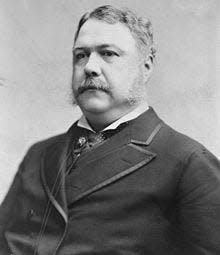
Chester A. Arthur, 21st president of the United States
1. Arthur was born Oct. 5, 1829 in Fairfield. His father, Irish immigrant William Arthur, was a preacher and his mother, Malvina Stone, was from Berkshire. Some historical documentation, including a plaque at his gravesite, cites 1830 as his birth year. His birthplace has also been up for debate, as some rumormongers during his presidential run suggested Arthur was born in Canada.
2. Arthur’s family moved when he was a boy from Franklin County to Chittenden County, starting in Williston, “a flourishing town of about 1,600 on the stagecoach route between Burlington and Montpelier,” according to the 2017 book “The Unexpected President: The Life and Times of Chester A. Arthur” by Scott S. Greenberger. A year later, Greenberger writes, the family moved to Hinesburg for a couple of years before relocating permanently to New York state.
Noteworthy abodes: Visit and rent these houses owned by some of Vermont's famous authors and painters
Black History Month: Here's how Vermont is celebrating in 2022
Thaddeus Stevens: New book details life of the Vermont native civil-rights pioneer
3. Chester Arthur attended Union College in Schenectady, New York, graduating in 1848.
4. He taught in North Pownal in the same school where Greenberger’s book notes that his predecessor as president, James A. Garfield, also taught.
5. Arthur became a lawyer in New York City; one of his first high-profile cases saw him represent a young Black woman who filed a lawsuit after being physically forced to leave a streetcar designated for whites only. Jennings won a $250 settlement and, according to Greenberger’s book, the case “set the process in motion” to desegregate the city’s streetcars.
6. President Ulysses S. Grant in 1871 appointed Arthur to the powerful position of collector for the Port of New York, where he became known as a proponent of the "spoils system" that rewarded political cronies with jobs. “Honorable in his personal life and his public career, Arthur nevertheless was a firm believer in the spoils system when it was coming under vehement attack from reformers,” according to his page at The White House website. “He insisted upon honest administration of the Customs House, but staffed it with more employees than it needed, retaining them for their merit as party workers rather than as Government officials.”
Unlikely vice president
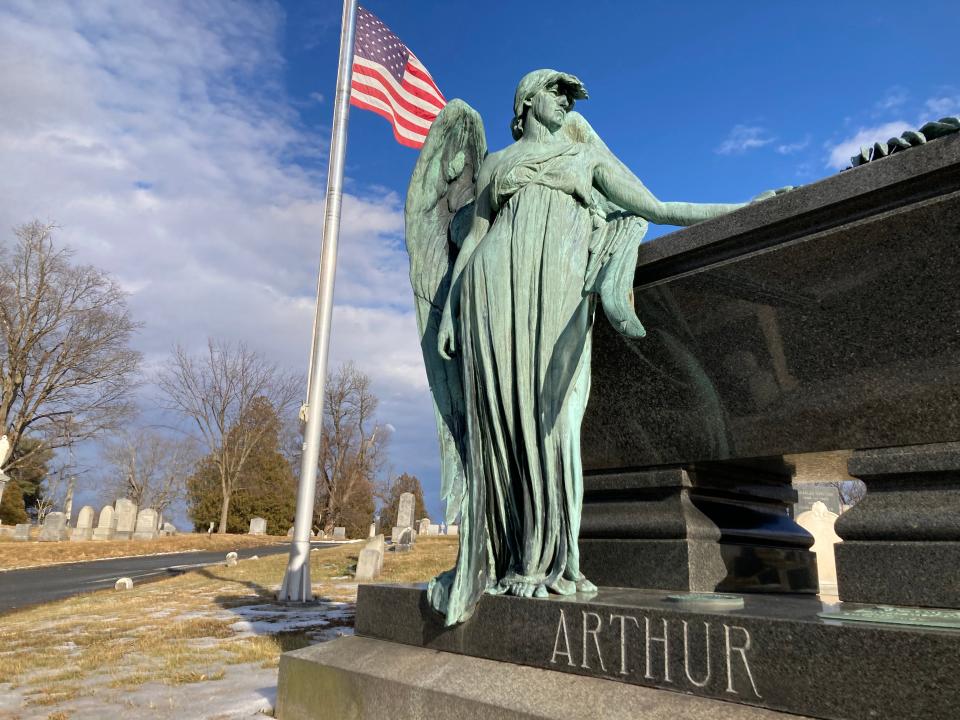
7. In 1880, Arthur became an unlikely vice president after multiple votes at the Republican National Convention led to him being chosen as the running mate for Garfield, an Ohio congressman.
8. Critics were aghast at Arthur’s history of cronyism. “Despite his faults, Arthur had some redeeming qualities, most notably his commitment to abolition,” according to the 2019 book “Accidental Presidents: Eight Men Who Changed America” by Jared Cohen.
9. Garfield served less than a year as president. He was shot July 2, 1881 by Charles Guiteau, who felt Garfield had spurned him for a government post that Arthur would grant him. Garfield would die just over two months later.
10. Arthur, though often opposed to Garfield’s policies, was aghast at his shooting. His valet, Aleck Powell, told a reporter of Arthur’s reaction to Garfield’s death following a question about Arthur’s plans. “He is sitting alone in his room sobbing like a child, with his head on his desk and his face buried in his hands,” Greenberger’s book quotes Powell as saying. “I dare not disturb him.”
11. The New York Times was among publications and individuals horrified at the prospect of an Arthur presidency, calling him “about the last man who would be considered eligible to that position.”
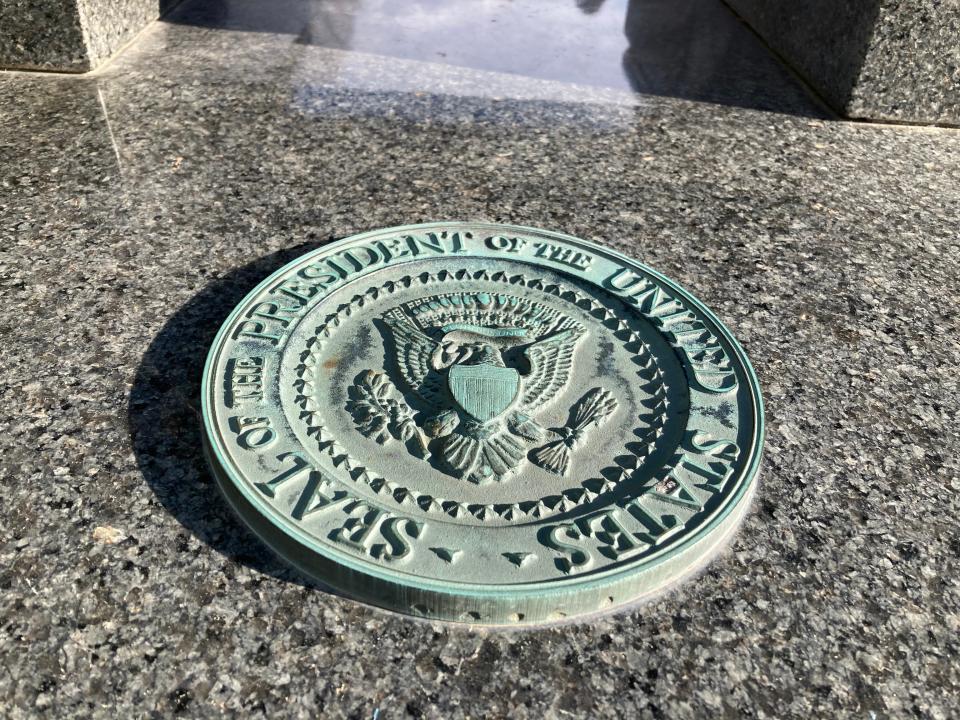
12. Arthur handled the lingering situation between Garfield’s shooting and death well, changing negative views about him, according to Cohen’s book. “Public opinion had shifted and it seemed that citizens and the press alike were ready to give him the benefit of the doubt as president,” Cohen writes.
Honoring James Garfield's work
13. The new president shocked opponents and supporters by working to dismantle the spoils system, honoring the work started by Garfield. “He knew the American people would never have chosen him to be president,” Greenberger writes. “Now he was determined to show he was worthy of the job.”
14. Arthur initially vetoed a proposal by Congress to bar the immigration of Chinese laborers for 20 years but, despite his reputation as a defender of civil rights, later signed a revised version that reduced the length of time to 10 years. The Chinese Exclusion Act of 1882 was repealed by the Magnuson Act in 1943.
15. Arthur took a trip to nascent Yellowstone National Park and asked Congress to pass legislation “to preserve forests in the public domain,” according to Greenberger’s book.
16. The U.S. Navy was in disarray when Arthur became president. “Arthur may be best remembered for civil service reform,” Cohen writes, “but where he really deserves credit is for being proactive around national defense.” By the time he left office, Congress appropriated nearly $2 million for four new ships that according to Cohen “represented the birth of the modern-day Navy.”
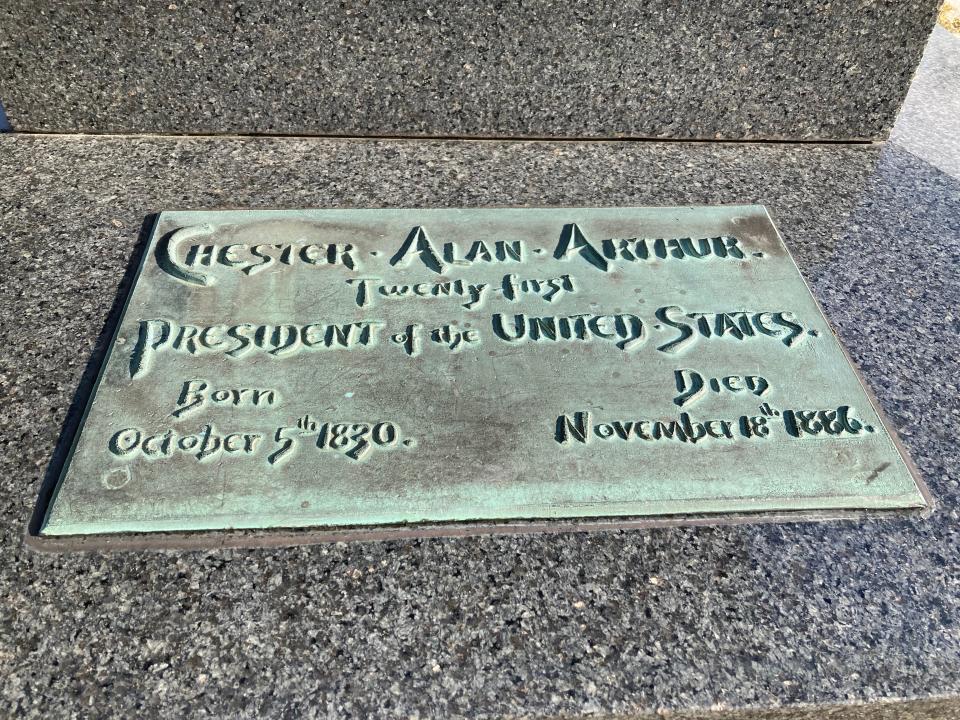
17. Arthur remained unpopular within his own party and was not renominated by the Republicans for the 1884 election that would be won by Democrat Grover Cleveland. “Arthur’s legacy is more triumphant than his political demise would suggest,” Cohen writes in his book. Arthur left the White House “politically unrecognizable to those who knew him,” according to Cohen, in large part because he rejected the spoils system.
18. Arthur suffered from Bright’s disease, a kidney ailment, and died in 1886 at age 57.
Historic sites
19. He is buried in Albany Rural Cemetery outside the state capital of New York with his wife, Ellen Herndon, and children, including Chester Alan Arthur II and his son, Chester Alan Arthur III.
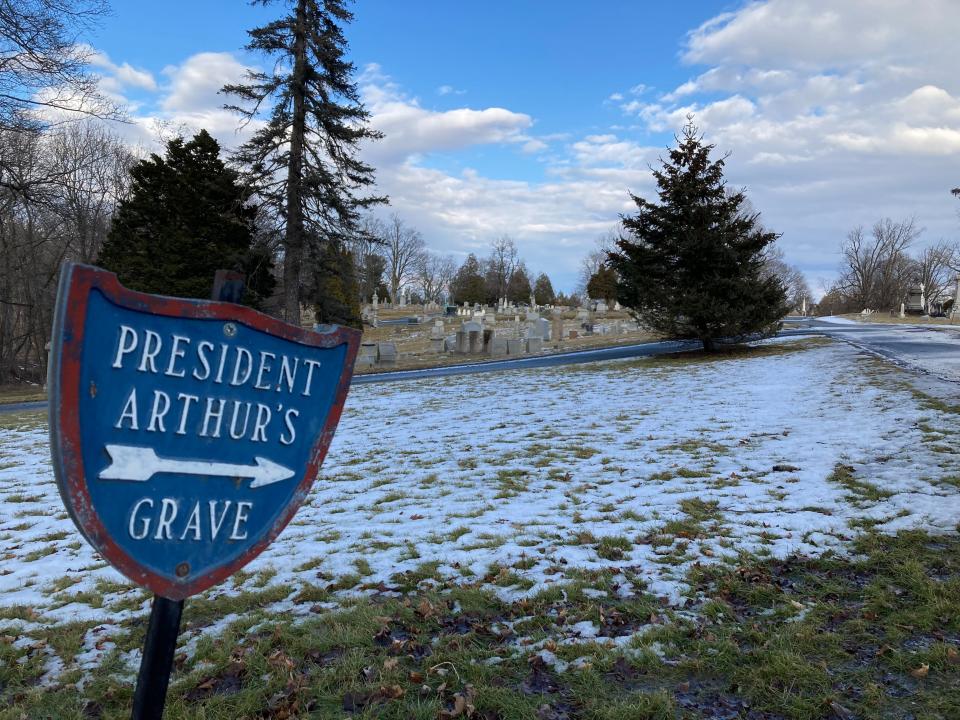
20. The President Chester A. Arthur State Historic Site in 1903 became the first historic site owned by the state of Vermont, according to the website for the location. In 1953, the state oversaw reconstruction of the home Arthur was believed to have been born in. “Research has ultimately proven this site was not the location of Arthur’s birth and the true location of his birth is passionately debated.” The house in Fairfield is now regarded as the second Vermont home of Arthur and his family.
5 Vermont historical homes: Former presidents and 'The Sound of Music' homes you should visit
21. Arthur generally shows up in historical rankings in the lower tier of U.S. presidents, well behind Coolidge, who’s usually in the middle of the pack. But signs are looking up for Arthur — the C-SPAN survey asking historians to rank presidents had him 35th in 2017, but four years later listed him 30th.
Contact Brent Hallenbeck at bhallenbeck@freepressmedia.com. Follow Brent on Twitter at www.twitter.com/BrentHallenbeck.
This article originally appeared on Burlington Free Press: President Chester Alan Arthur was from Vermont; learn more about him

